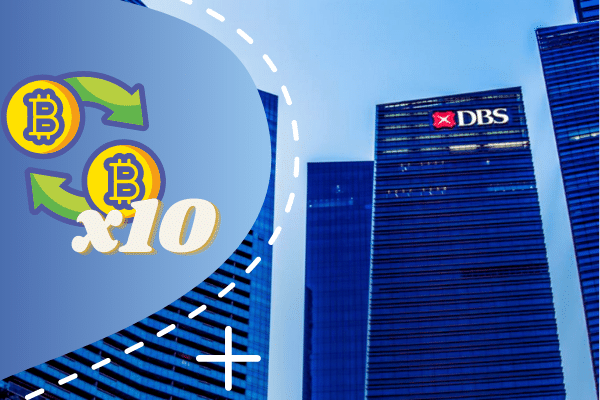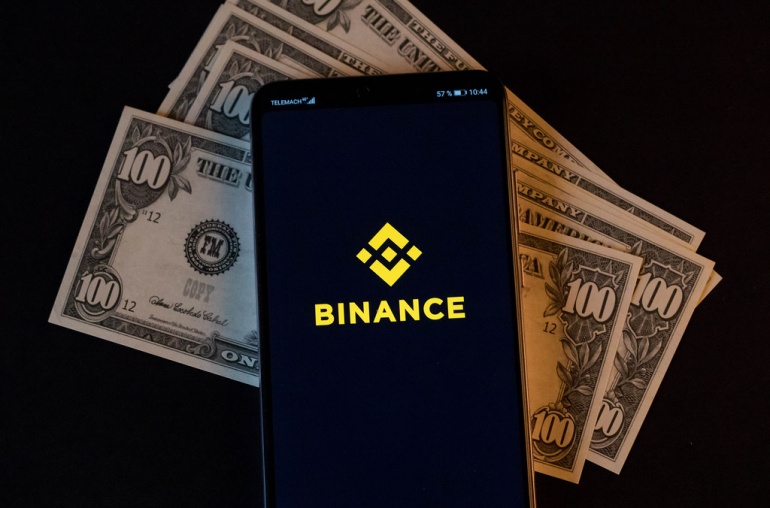
- DeFi tokens see sharp pullbacks as general risk-off sentiment sees cryptocurrencies head lower as the Fed unveils hawkish in the coming years
- Nascent sector has some of the ingredients of the previous ICO speculative bubble, even as use cases are evolving and being developed
Investors may recall the heady days of the initial coin offering in 2017, where speculators gave in to their greed and punted on all manner of projects (many of which were scams) in an alternative to traditional fundraising methods, betting on digital token offerings that ultimately went bust.
As decentralized finance or DeFi came to the fore, offering financial services without the need for a trusted intermediary, the tokens for these DeFi protocols soared, with many hitting market caps of hundreds of millions, and in some cases, billions of dollars.
But now that DeFi tokens are coming back down to earth again, some are wondering if this isn’t ICO 2.0.
To be sure, a DeFi bust occurred last autumn, but DeFi tokens resurged alongside Bitcoin and Ether in the earlier part of this year, and quickly became one of the hottest sectors in the already volatile cryptocurrency market.
Many DeFi tokens however came crashing back to earth last Friday, in the wake of the U.S. Federal Reserve rolling out a timetable for increasing interest rates that were well ahead of analyst expectations, and indicative that the Fed is prepared to do what it takes to normalize markets and reign in inflation should it threaten to get out of hand.
While more established DeFi tokens held their ground, and venerable protocols like Uniswap which shed 7% and Chainlink lost 8%, newer projects like Galaxium and Crypto Village Accelerator tumbled by over 60%.
Part of the reason of course is billionaire investor Mark Cuban’s highly-publicized losses from an algorithmically-linked stablecoin called Titan, which the poor design of its algorithms was a disaster waiting to happen.
For a (relatively) easy to understand explanation of how that happened, head over here and if you’re still confused, imagine how Cuban must have felt.
While DeFi is a relatively newer branch of the constantly evolving cryptocurrency space, it is also one of its more speculative corners, akin to the ICO craze of 2017.
Untested protocols promising massive annual percentage yields or “APY” in the DeFi lexicon, have lured millions of dollars of investor monies only to be scams or “rug pulls” in the DeFi lingo.
Nonetheless, DeFi is still finding its footing and some of the innovations in the space may eventually gain broader appeal and usage beyond speculation.
For now though, much of the demand for DeFi services remains borrowing digital assets and speculating on other digital assets, which can make a trader fabulously wealthy, or cause them to lose their shirts.
DeFi apps are designed to let people borrow, lend, trade and even take out insurance directly from each other, peer-to-peer, without the need for trusted intermediaries such as banks and financial institutions.
Think of it as Napster for Wall Street.
But just like digital music had its teething issues, so will a space as nascent as DeFi.



